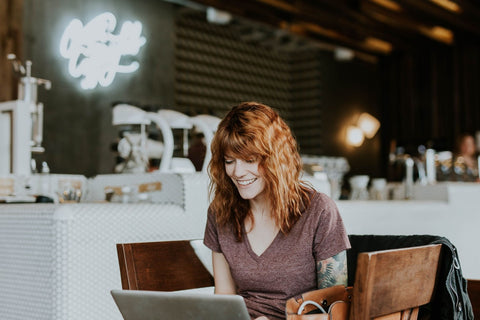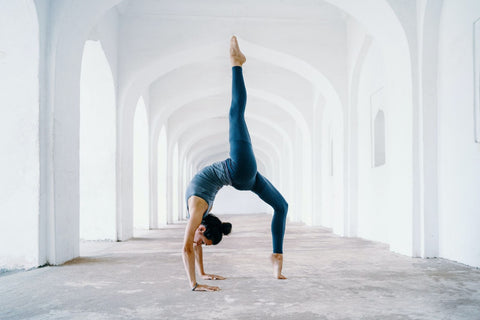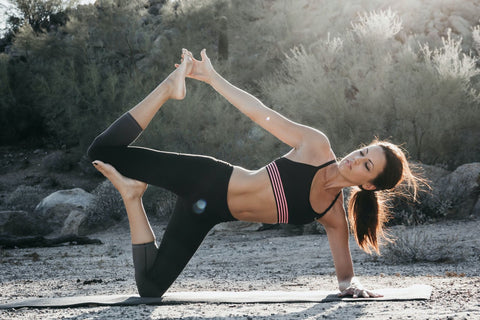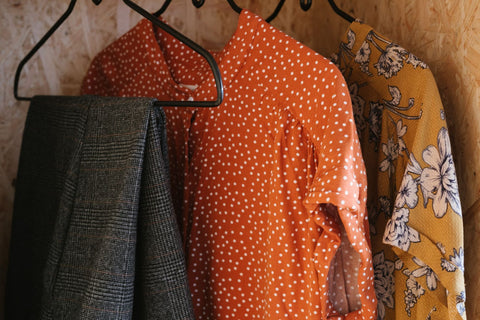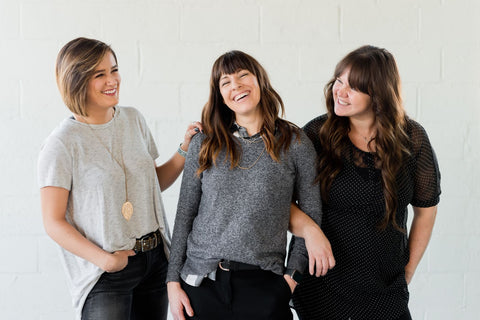
It is not even redundant to say that insomnia is tiring. It brings with it a special brand of tired, a constant fatigue that wears the body down and leads to all sorts of other complications. The attention span, reaction time, judgment and motor function are all affected when insomnia wears us down. Even our learning and memory is affected when we don’t get enough sleep.
Despite all of this, many people are not getting a full night’s sleep for a variety of reasons. The hours you work, what you do for work or for leisure, and even what you eat and drink can all have an effect on the duration and quality of your sleep, and this can impair you when you’re awake. Partial insomnia, which is difficulty falling or staying asleep, waking up frequently, or not sleeping long enough, is more prevalent than full insomnia, and is on the rise.
Why Is It So Hard to Get to Sleep?
The amount of caffeine you drink can keep you awake at night unnecessarily. Eating too many carbs before bed can release unwanted sugars into your system, which in turn give you energy. Staring at a cellphone or computer screen can convince your body that you are under stress.
Stress is a hidden factor--it tricks the body into thinking it is in “fight or flight” mode, releasing adrenaline and cortisol, two hormones that also provide the body with energy. Since we no longer have to run away from predators, “fight or flight” becomes prolonged by everyday concerns such as money, job, or family, leaving many of us laying in bed ruminating.
However, a primary reason many people don’t get enough sleep is a lack of activity. Physical activity serves a lot of purposes for the smooth functioning of the body, and an important one is burning off all the sugars, adrenaline and cortisol we consume and produce during the day. Physical activity soothes tension from our muscles, allowing us to relax and fall asleep.
Yoga is the Solution
While many practices and traditions (such as drinking chamomile tea or warm milk, a warm bath, or aromatherapy with lavender) can help relax the body enough to put you to sleep at night, yoga covers almost everything that keeps us awake.
Yoga’s three main components--the postures, the breathing, and the mindful concentration--help address the main ailments that cause insomnia.
Stretching the muscles helps relax them, and working them releases tension and stress hormones.
Breathing adds oxygen to the brain and bloodstream, giving the body more fuel.
Mindful concentration also builds up concentration outside of yoga, making it easier to think clearly and handle crises.
All of these yoga benefits can work together to give you a good night’s rest.
Here are some of the best foundational yoga poses to ease you into dreamland, and keep you there for the whole night!
Child’s Pose (Balasana)

While on your knees, sit, and lean forward. Reach your hands forward as far as you can and tuck your chin into your chest. Breathe.
This pose opens the hips and relaxes muscles in the neck, both areas of hidden tension. It also opens up the lower back, giving that area a good stretch and ebbing away tension.
Hero Pose (Virasana)

Again sitting on your knees, your calves should be on either side of you. Your back is straight and you should be sitting vertically, with your shoulders relaxed and perpendicular to your spine and hands resting in your lap.
This pose stretches and relaxes the thighs, as well as improves focus, breathing, and posture. The reclining variation gives a deeper stretch, but have a prop ready to lean back on.
Seated Spinal Twist (Siddhasana variation)

Sitting cross-legged with your back straight, plant your hips firmly to the ground and turn to one side, your hands in front of and behind you. After 20 seconds, release and turn to the other side.
This one is wonderful for the back and core, as it provides a very deep stretch to both. It also helps with posture, especially if you imagine a string running up your spine and straight up (or something similar). The taller you sit, the more intensive the stretch to your abs and core, easing tension in an area we often neglect.
Legs Up the Wall (Viparita Karani)

Laying down, your buttocks about six inches from a wall (or headboard, or other vertical surface), point your legs upward and rest them vertically on the wall. Lay your hands at your sides. For a less intense stretch to the hamstrings, move your buttocks further from the wall.
This one is a very popular one to help with sleep. It relaxes the entire body, taking the weight from your feet and legs and also allowing some well-deserved rest. Many yogis recommend holding this pose for five minutes or so, to reap the maximum relaxation benefits. Another idea that has often been suggested is wearing an eye pillow to block out any bright light.
Butterfly/Bound Angle Pose (Baddha Konasana)

Sitting straight up, put the soles of your feet together as your legs make a diamond shape. Rest your hands on your legs.
Like the Hero pose, this one has a variation that lets you lie down, and both will help you drift off when it’s time. A third variation for a greater challenge allows you to lean forward, touching your forehead to your feet. Breathing deeply, no matter which variation you choose, helps get the body in rest mode.
Supine Twist (Supta Matsyendrasana)

Lay on your back with your legs straight. Extend your arm out, and keep your face toward that hand, while you cross your leg over so that your knee is touching the floor on the other side of your body.
This is another great stretch for the spine and core. It works the lower hips,so it also eases any sciatic pain that might trouble you over night.
Knee to Chest (Apanasana)

Laying on your back with you legs straight, bend the knees and bring them up to your chest. Hold the pose, like you are a ball.
A second variation involves bringing both knees up at the same time and then straightening them, and a third has you doing this one leg at a time. These are great for the upper hamstrings, buttocks, and lower back. The pose works the muscles at a winding-down pace.
Standing Forward Bend (Uttanasana)

Standing with your feet hip-width apart, fold at the hips and tuck your chin toward your chest. Bent over, wrap your arms around your head.
This is another great one for sciatic and lower back pain, as well as a powerful stretch for your upper back. The arm posture opens the shoulders, relaxing the muscles underneath. It also helps release stress.
Bridge Pose (Setu Bandha Sarvangasana)

Laying on your back, bend your knees and plant your feet directly below them. With your arms at your sides or under your back, lift your back up so that only you shoulders and feet are supporting your torso.
This one not only provides a stretch specifically aimed at the front of your body, it also releases tension from the back by giving it a moment’s rest. Using the muscles from your chest, down through your core, and through the front of your thighs, you also open up your ribcage, so take a few deep breaths as well.
Corpse (Savasana)

Lay on your back, arms at your sides and legs flat on the floor, heels hip width apart. Breathe deeply.
Corpse pose is a look inward. Some nighttime yoga routines feature it first, while others do it last. Some even do it a few times, interspersing it between other poses as a sort of neutral pose. Since this is a moment of mindfulness, it is essential your body be in a completely neutral position, with your pelvis and shoulders in alignment with your spine.
Yoga helps release stress, quiets the mind, and calms the body, all using natural qualities of breathing, activity, and even inactivity. It addresses everything that keeps us awake at night, from stormy thoughts to muscle tension, allowing us to relax and have meaningful, reparative sleep. Instead of counting sheep, do these ten poses to wake up from a relaxing slumber.

